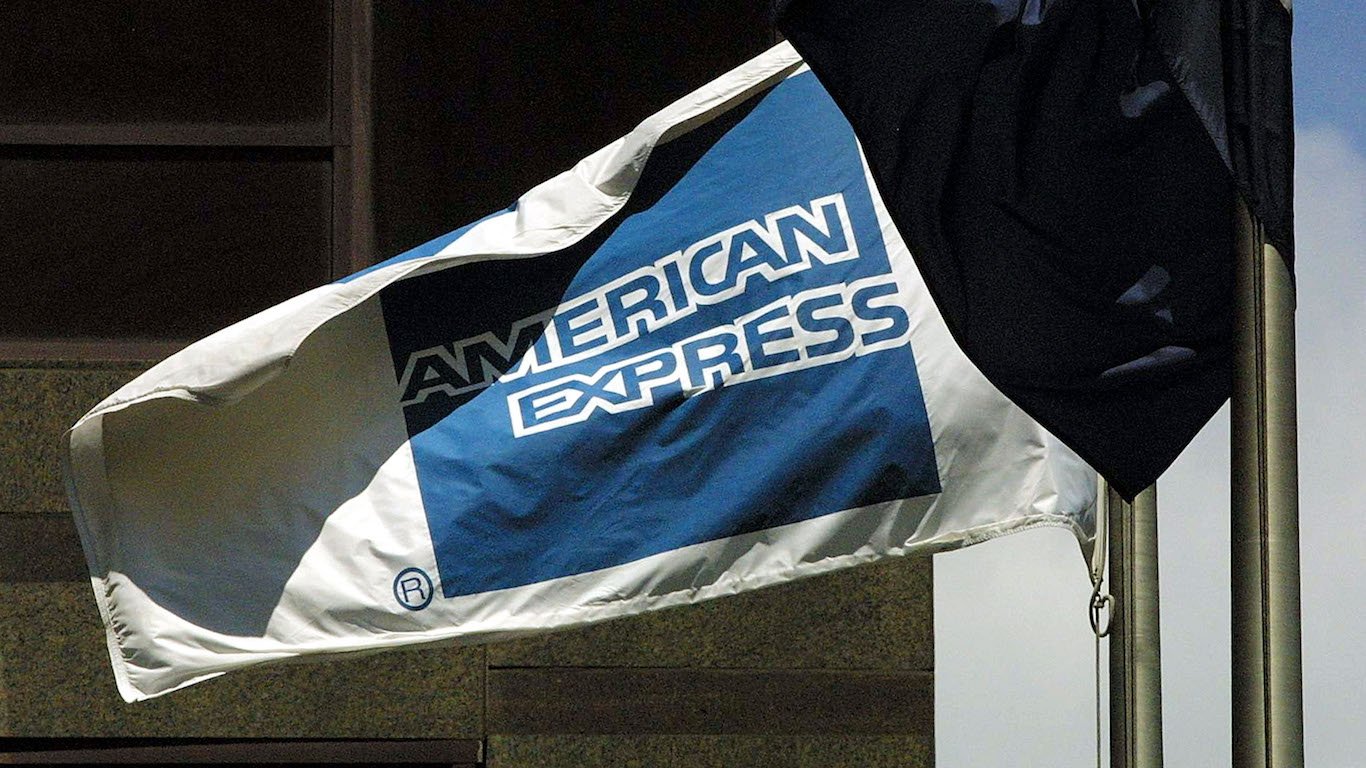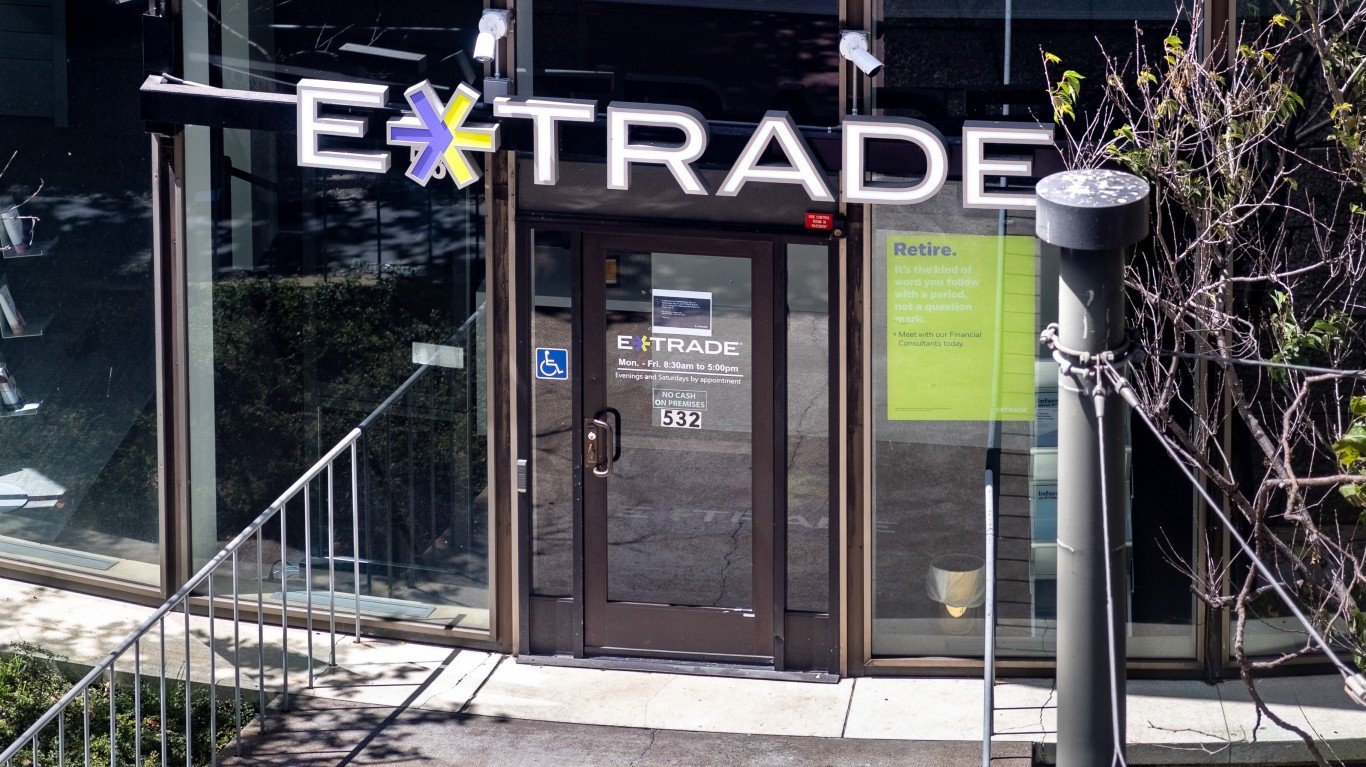

Investors love their dividends. What long-term investors love even more than routine dividends is when a company keeps raising its dividend year after year. American Express Co. (NYSE: AXP) may not seem like a company that is highly chased for its 1.25% dividend yield, but this stock is effectively sitting within 2% of its all-time highs.
Amex announced on Tuesday that its board of directors approved a previously announced $0.04 per share increase on its quarterly dividend to its common shareholders. The dividend was raised to $0.39 from $0.35, an 11% increase. The $1.56 annualized dividend per common shares will equate to a yield of 1.42%, based on Monday’s closing price of $109.85.
The company announced in June that the Federal Reserve did not object to its adjusted capital plan submitted as part of the 2018 Comprehensive Capital Analysis and Review (CCAR). The dividend hike at the time also included an approved $3.4 billion that could be allocated toward common share buybacks from the third quarter of 2018 through the second quarter of 2019. That approved buyback allowed for Amex to spend up to $1.6 billion for common stock buybacks in 2018 and up to an additional $1.9 billion in the first half of 2019.
The higher dividend will be payable on November 9, 2018, to Amex’s shareholders of record on October 5, 2018.
What matters here is that this represents yet another member of the 30 Dow Jones industrial average that has raised its dividend in 2018. American Express has one of the lower dividend yields among Dow stocks, but it also has regulatory restrictions on its ability to raise the dividend and on buying back stock. Amex had to hold its dividend steady at $0.18 per common share from 2008 until 2012 because of the recession, but it gradually has raised its payout by a similar amount each year since 2012. That dividend has now more than doubled since the recession years.
With a consensus analyst earnings-per-share estimate of $7.26 for 2018, Amex’s $1.56 annualized per share payout implies that it is paying out roughly 21% of its expected current year normalized earnings per share as a dividend.
When Amex started out 2018, its guidance for the year was for earnings to come in between $6.90 and $7.30 per share for the year. The consensus estimate from Thomson Reuters is now leaning very much toward the high-end of the original forecast for the year.
If investors wanted a larger dividend hike than what was previously committed to in June, they might have to consider what Amex said in its 2017 annual report about regulatory restrictions on how much it can pay out. The 10-K filing reminded investors as follows:
Banking regulators have broad examination and enforcement power, including the power to impose substantial fines, limit dividends and other capital distributions, restrict operations and acquisitions and require divestitures… The results of the Company’s annual stress test are incorporated into our annual capital plan, which must cover a “planning horizon” of at least nine quarters and which we are required to submit to the Federal Reserve for review under its Comprehensive Capital Analysis and Review (CCAR) process. As part of CCAR, the Federal Reserve evaluates whether the Company has sufficient capital to continue operations under various scenarios of economic and financial market stress (developed by both the Company and the Federal Reserve), including after taking into account planned capital distributions, such as dividend payments and common stock repurchases… We may be required to revise and resubmit our capital plan as required by the Federal Reserve following certain events, such as a significant acquisition. In addition to other limitations, our ability to make any capital distributions (including dividends and share repurchases) is contingent on the Federal Reserve’s non-objection to our capital plan.
Amex shares were last seen trading up 18 cents at $110.01 late Tuesday morning, in a 52-week range of $87.54 to $111.77. Its consensus target price in the Thomson Reuters data is $113.16.
Sponsored: Find a Qualified Financial Advisor
Finding a qualified financial advisor doesn’t have to be hard. SmartAsset’s free tool matches you with up to 3 fiduciary financial advisors in your area in 5 minutes. Each advisor has been vetted by SmartAsset and is held to a fiduciary standard to act in your best interests. If you’re ready to be matched with local advisors that can help you achieve your financial goals, get started now.
Thank you for reading! Have some feedback for us?
Contact the 24/7 Wall St. editorial team.



